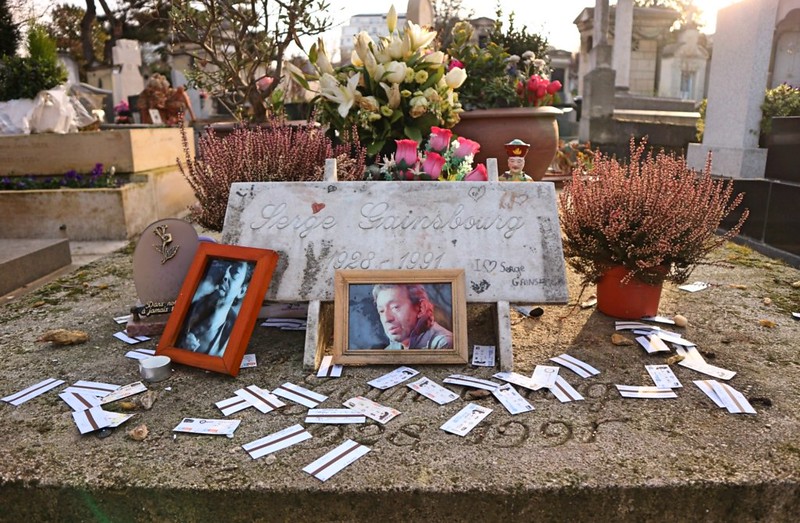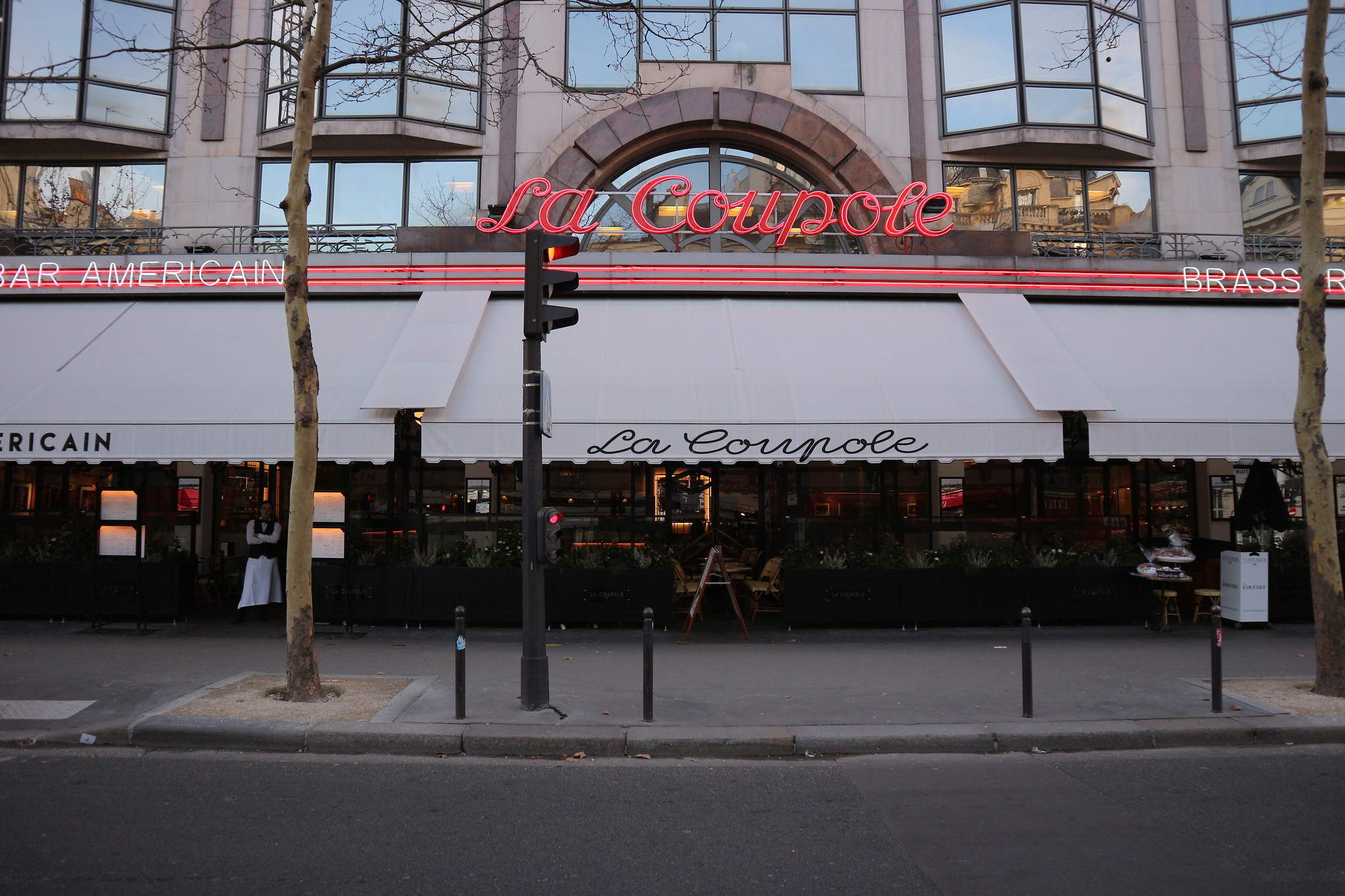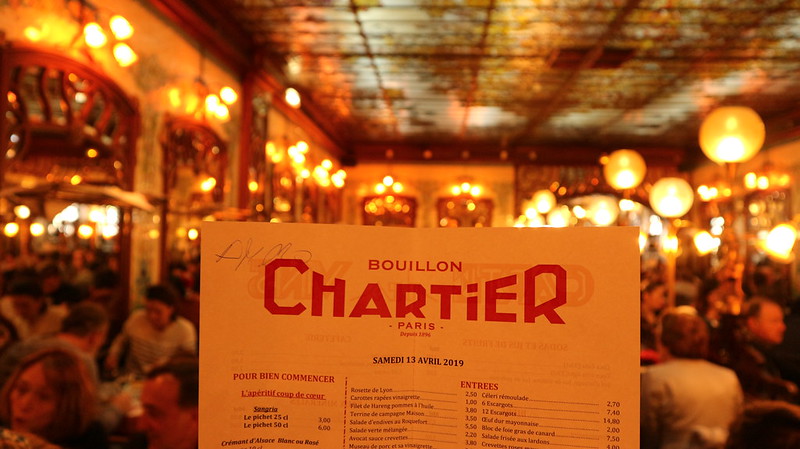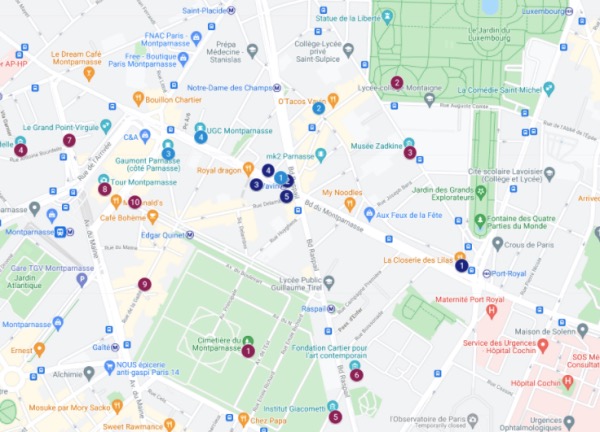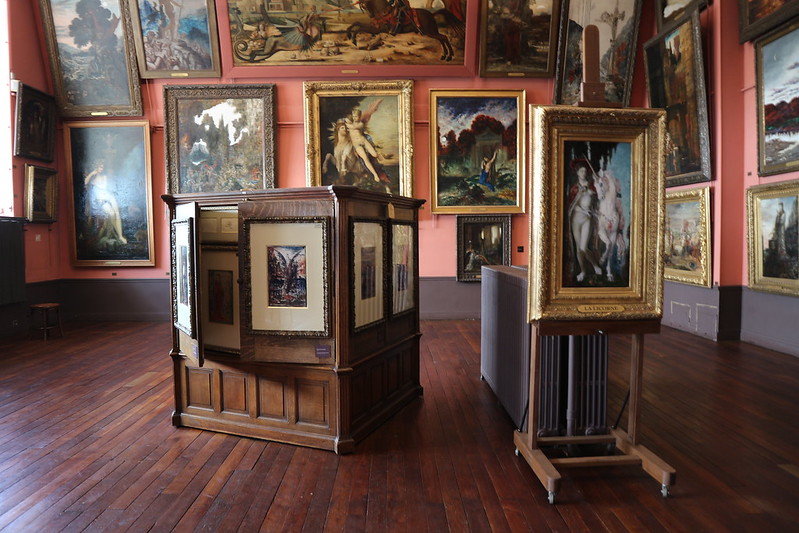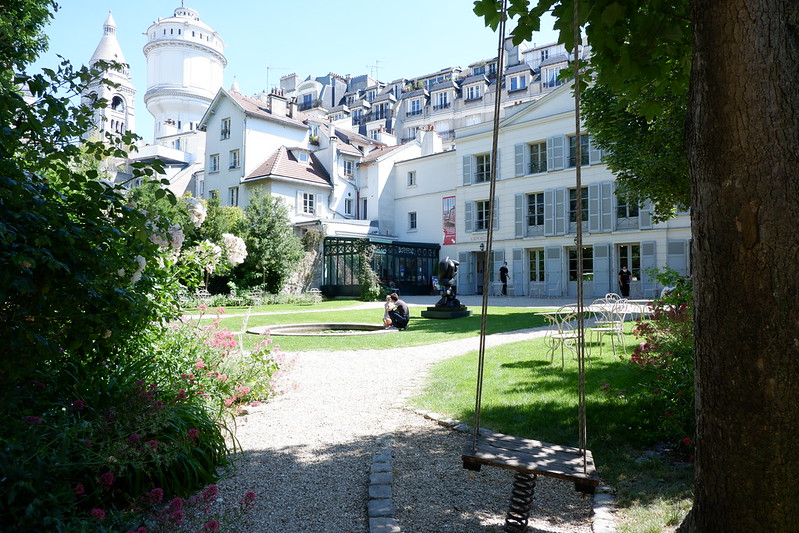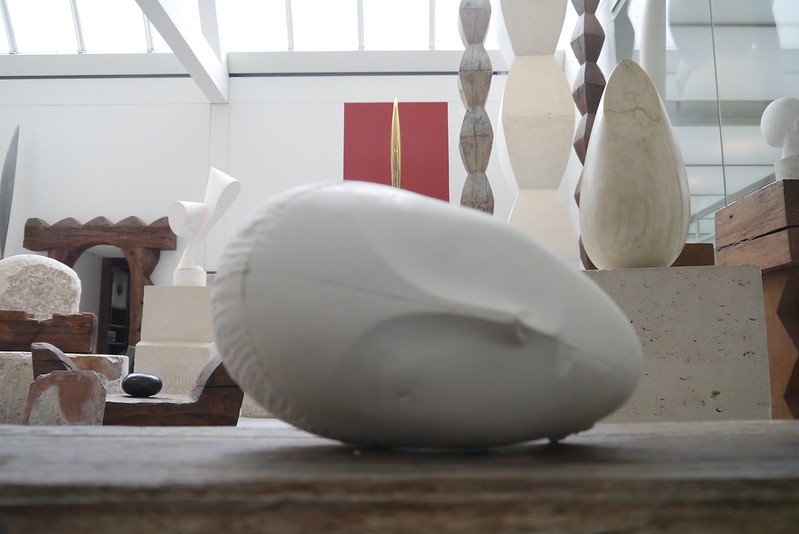While Paris has some of the best museums in the world, the city also fosters the creativity of thousands of modern-day artists. A unique way to experience their work first-hand is to visit their studios. There are a variety of ways you can do this thanks to open days (portes ouvertes), artist association-run galleries, and events in artist squats. Discover some of the best opportunities below, including a few events in the coming weeks!
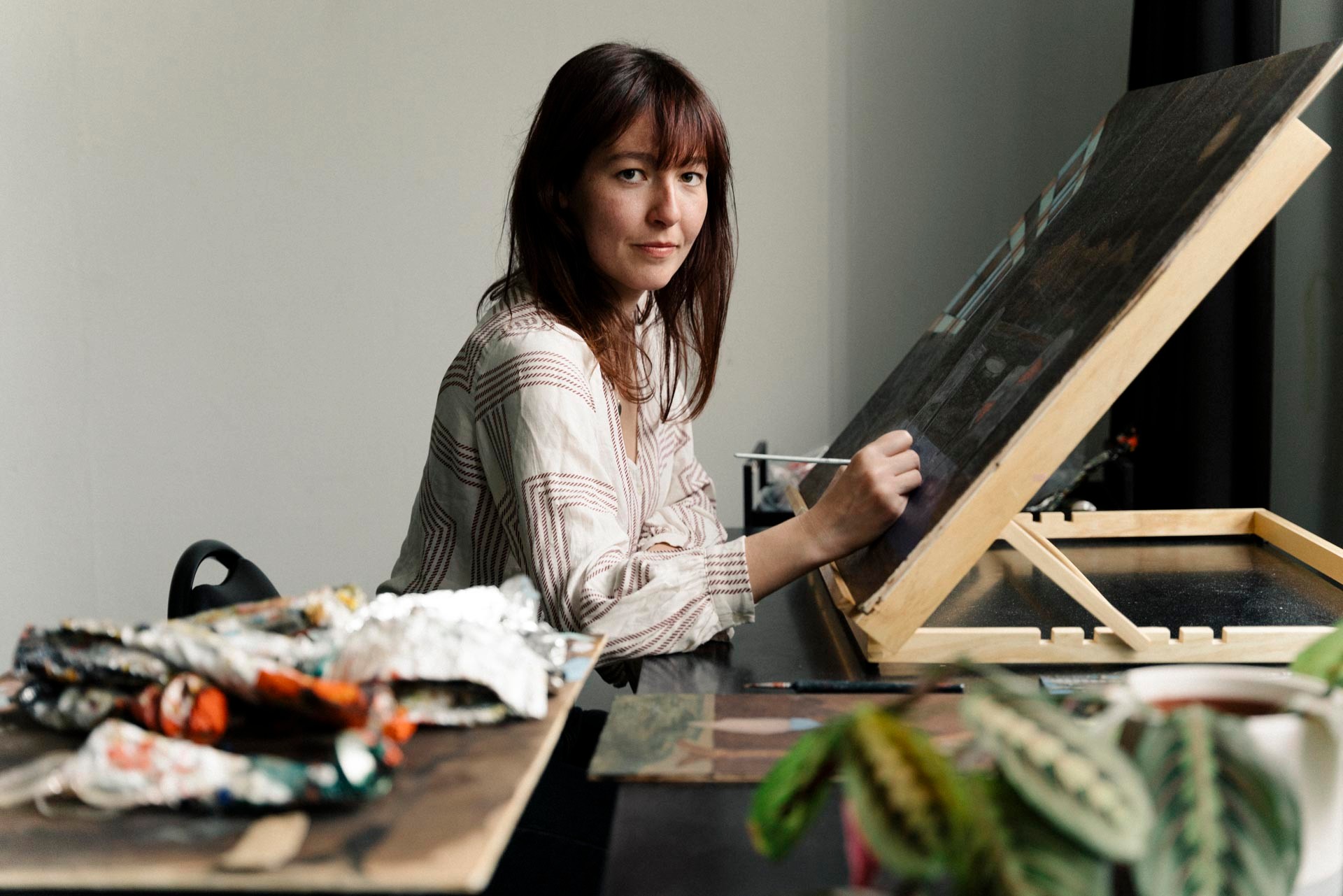
Cité International des Arts / FB
La Cité Internationale des Arts
This City of Paris foundation in the southern Marais welcomes 1,000 international artists-in-residence every year. On Wednesdays from 6pm to 9pm they host an “artist trail” through a selection of the centre’s 325 studios. They also have an art gallery displaying their artists’ work and host a range of other events, learn more here.
The foundation also manages another art studio centre on the northern edge of Montmartre. Opening in the early 1930s, La Cité Montmartre aux Artistes is comprised of 180 art studios. Some events are held throughout the year or you can also visit it on open days. The next open days are 9th to 10th February!

59 Rivoli (and top image) / FB
Since 1999 this colourful artist squat has occupied a former bank building on rue de Rivoli. You can freely wander through the various floors and studios of the space from 1pm to 8pm Tuesdays to Sundays (donations appreciated) or check out its revolving line-up of exhibits (and concerts) which take place in its official art gallery on the ground floor.
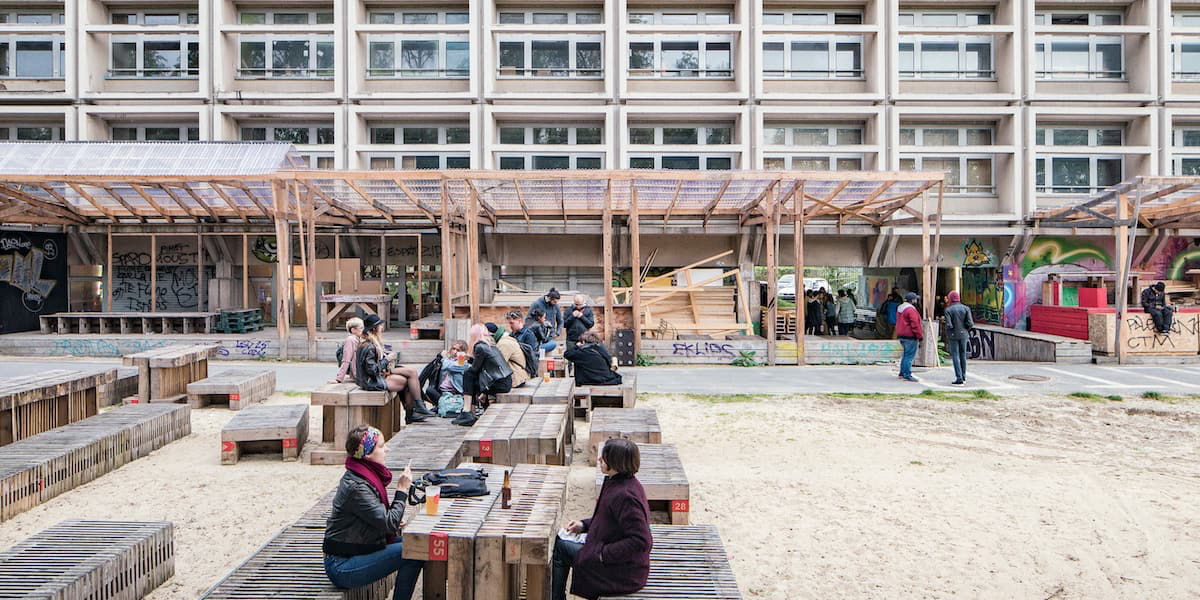
6b Saint Denis
This artist squat is found within a massive formerly vacant building in the northern suburb of Saint-Denis. Today 200 artists of varying genres contribute to the vibrant cultural ambiance of the venue. They have an active agenda of events from exhibitions to short film screenings. They are host an open house twice a year.
This hybrid creative space and bar in the 11th has monthly artist-in-residence. Called the “Aquarium”, the studio is found underneath the venue’s impressive atrium (created by Gustave Eiffel!). You can stop by to see what the artist is up to and you may want to plan to come Thursday to Saturday night to also take in a concert or film screening.

Ateliers de Belleville / Paris Info
The Belleville area is one of the most artistic in Paris. Its local artist association is made up of 250 members. They display their art in individual and group shows at the AAB GALLERY (1 rue Francis Picabia, 75020 Paris), located near the Park de Belleville which is usually open from 2pm to 8pm, Thursday to Sunday. Or better yet, if you’re here in mid-May, attend their open days event, the largest in Paris. While you’re in the area, take a meander around to discover the area’s great street art scene!
This collective of over 200 artists of the bohemian district of the 20th arrondissement date back to 1991. They organise a number of events throughout the year at their gallery, Galerie Ménil’8 (8 rue Boyer 75020 Paris), as well as a larger open house in late September.
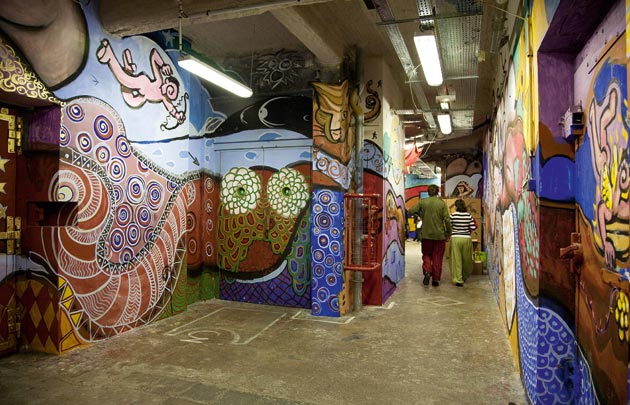
Les Frigos / Paris Info
Originally built in 1920, this former refrigerated storage depot in the 13th district was first squatted by artists in 1985. Now legalized, it houses over 80 artists, ranging from painters to jewelry designers. Although their studios are usually closed to the public, visits can be requested via their website. Nevertheless, you can also visit its art gallery, Aiguillage, to see the work of the artists in residence or check out the venue’s website for occasional workshops, other events and updates on their portes ouvertes which takes place in mid May.
This association of artists in the vicinity of the world-famous cemetery aims to make art more accessible and interactive to local residents by organizing seasonal open air exhibits in the Place de la Réunion. Meet the artists and get invited to come back to visit their studios on another day! The next event is 23 March 2024 then there will be other events in June, September and December.
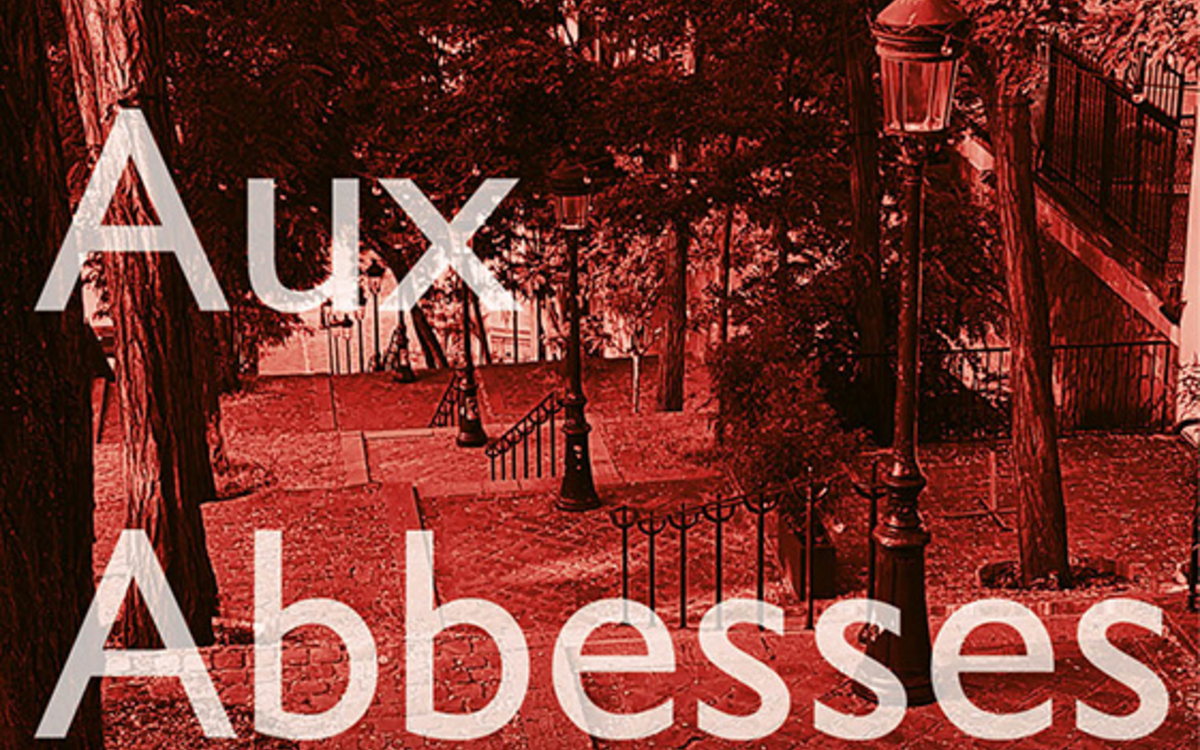
Other Portes Ouvertes – Annual Studio Open Days
Various neighborhoods around Paris have associations bringing together their local artists. These are usually once a year and offer an opportunity to visit 50-100 actual art studios. Here are some great options, organised starting at the beginning of the academic year.
Ateliers des Artistes d’Anvers aux Abbesses: around 80 artists sprinkled in the streets surrounding Montmartre. Held mid November.
Le 6è: a collective of the artists of the 6th arrondissement hosts its open house event in mid May.
Ecole des Beaux Arts: If you’ve ever wondered what it was like inside the Paris Fine Arts Academy, you can take a meander through parts of it during its annual open days. The two day event displays the end of year projects of its students and is usually held at the end of June.
Looking for other original opportunities to discover art in Paris? See these other articles on our blog:
- Alternative Places to See Art in Paris
- The Best Contemporary Art Galleries in Paris
- Five Cool Contemporary Art Spaces in Paris
- Historic Artists Studios You Can Visit


